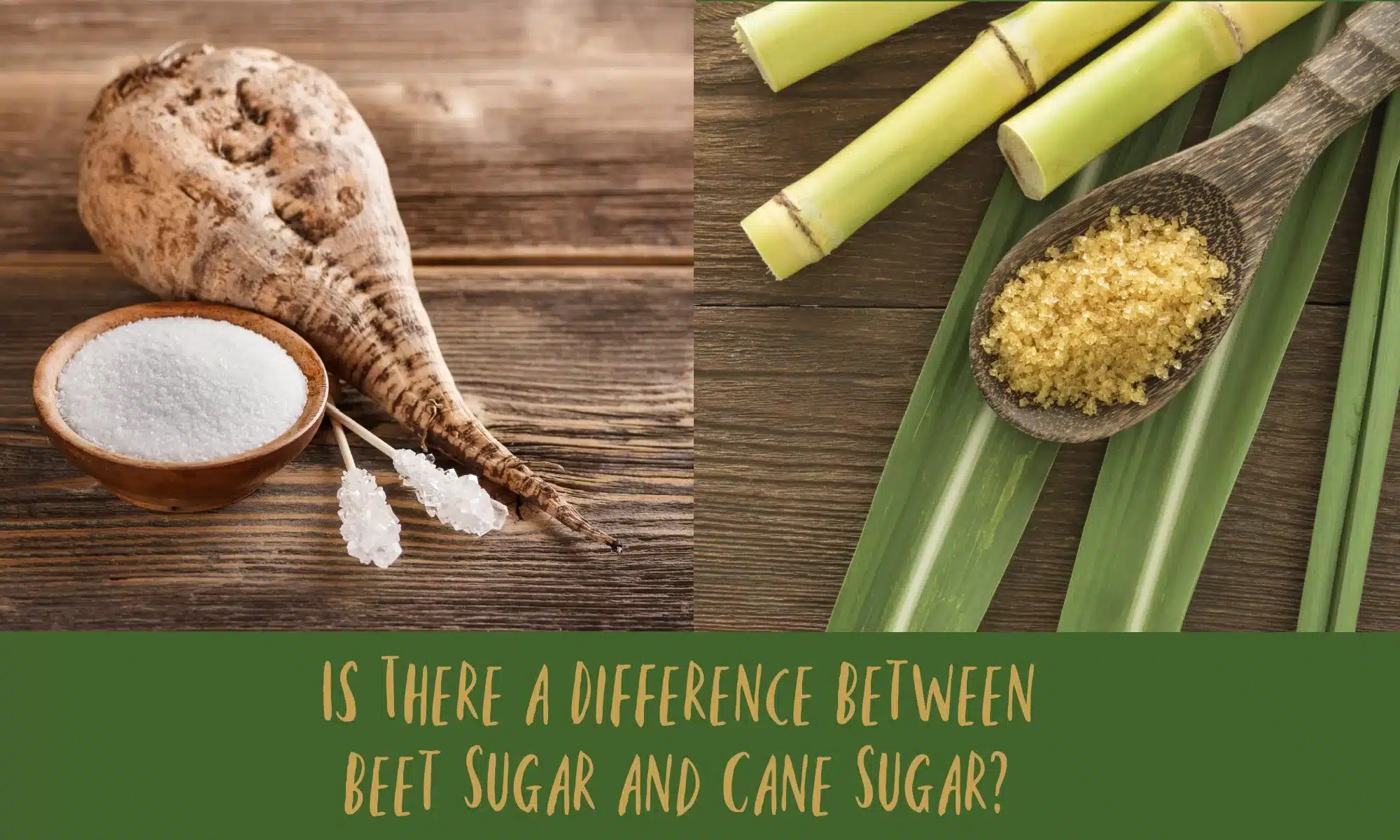When considering beet sugar vs cane sugar, some opt for one for baking while others use the alternative.
When considering beet sugar vs cane sugar, some opt for one for baking while others use the alternative.
Blog Article
Discover the Uses and Advantages of Beet Sugar Vs Cane Sugar in Your Daily Diet Regimen
Exploring the distinctive high qualities of beet and cane sugar discloses greater than simply their sweetening abilities; it highlights their unique influence on health and culinary arts. Beet sugar, understood for its refined flavor, is typically favored in fragile desserts, whereas cane sugar, with its tip of molasses, adds splendor to robust recipes. Each type holds its very own nutritional account and glycemic implications, welcoming a deeper understanding of their duties in a balanced diet and lasting consumption methods.
Beginning and Production Procedures of Beet and Cane Sugar

The distinctive climates and dirt types required for expanding sugar beets and sugarcane contribute to distinctions in their growing practices and geographic distribution, affecting the economics and sustainability of their production. beet sugar vs cane sugar.
Nutritional Contrast Between Beet Sugar and Cane Sugar
Regardless of originating from different plants, beet sugar and cane sugar are nutritionally really comparable, both primarily being composed of sucrose. Each gives about 4 calories per gram, converting to approximately 16 calories per teaspoon. Structurally, both sugars are made up of approximately 99.95% sucrose, with minimal amounts of various other materials like moisture and trace minerals, which do not significantly change their dietary profiles.
Eventually, when selecting in between beet sugar and cane sugar based upon dietary content alone, both offer identical benefits and disadvantages as they are basically kinds of the very same molecule-- sucrose, offering quick energy without other nutrients.
Influence On Wellness: Glycemic Index and Caloric Material
Discovering further into the effects of beet sugar and cane sugar on health and wellness, it is necessary to consider their glycemic index and calorie web content. Both sugars are identified as sucrose, which is composed of glucose and fructose. This make-up leads them to have a similar effect on blood sugar levels. The glycemic index (GI) of both beet and cane sugar is around 65, classifying them as high-GI foods, which can trigger fast spikes in blood sugar levels. This is an essential element for individuals handling diabetic issues or those attempting to maintain their energy levels throughout the day.
Each sort of sugar includes around 4 calories per gram, making their calorie content matching. For those keeping an eye on caloric consumption, particularly when taking care of weight or metabolic health and wellness conditions, recognizing this equivalence is important (beet sugar vs cane sugar). However, extreme consumption of any kind of high-calorie, high-GI food can add to health and wellness issues such as excessive weight, heart problem, and insulin resistance.
Environmental and Economic Factors To Consider of Sugar Production
Beyond wellness effects, the production of article beet and cane sugar additionally increases significant ecological and economic concerns. Sugar beet growing tends to call for cooler climates and has a reduced geographical impact compared to sugar cane, which prospers in tropical regions. Nonetheless, both plants are intensive in regards to water usage and land profession, possibly resulting in logging and water scarcity. Financially, the global sugar market is highly volatile, influenced by modifications in global profession plans and aids. Numerous countries incentivize sugar production with financial backing, skewing market value and influencing small-scale farmers negatively.
Furthermore, making use of pesticides Learn More Here and fertilizers in both beet and cane sugar growing can lead to soil deterioration and air pollution, further affecting biodiversity and regional water bodies (beet sugar vs cane sugar). The selection in between growing sugar beet or cane often hinges on neighborhood ecological problems and financial elements, making the sustainability of sugar production a complex problem
Culinary Applications and Taste Differences
While the environmental and financial elements of sugar manufacturing are without a doubt considerable, the choice in between beet and cane sugar also influences cooking applications and flavor accounts. Beet sugar, obtained from the sugar beet plant, is recognized for its incredibly neutral preference.
Cane sugar, drawn out from sugarcane, usually retains molasses traces, which pass on an unique splendor and deepness. The mild variation in moisture material in between beet and cane sugar can influence the texture and consistency of dishes, making cane sugar a preferred choice for particular recipes that benefit from its distinct homes.

Final Thought
To conclude, both beet and cane sugar have unique origins and production procedures, offering similar dietary accounts with small differences in salt material and flavor. While their influence on health, particularly relating to glycemic index and calories, is comparable, the choice in between them commonly boils down to environmental, financial aspects, and certain culinary demands. Understanding these aspects can lead consumers in making check that informed choices that straighten with their health and wellness goals and taste preferences.
Report this page